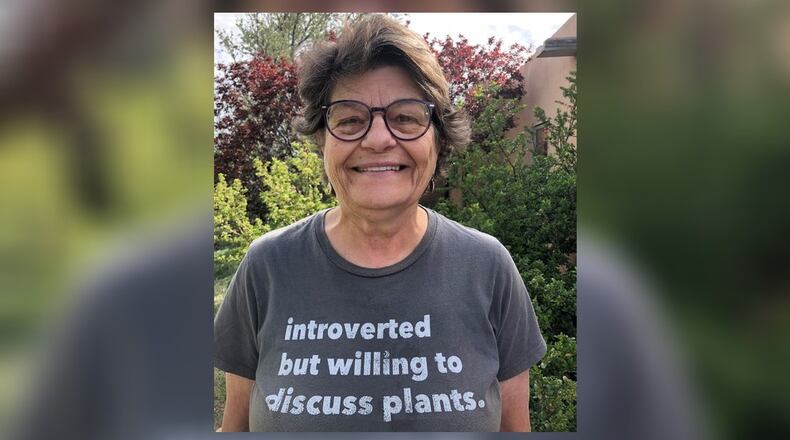If lawns are allowed to grow through the spring months without being mowed, native plants, such as violets and clovers, will pop up, bloom and support emerging pollinators. Homeowners all over the country participated in NO MOW MAY - an easy way to make a difference for our native pollinators. Just don’t mow your grass during the month of May – it’s as simple as that. Cities such as Edina, MN, Appleton, WI, Albion, MI and Buffalo, NY have ordinances encouraging residents to not mow their grass in the month of May.
Unfortunately, my attempt to participate in NO MOW MAY this year resulted in a large sign posted by the City of Beavercreek stating that I am in violation of ordinance 97.10 prohibiting grass in excess of ten inches. The sign says I will be fined, a lawn service will be hired by the city, my grass will be mowed without my permission, and a lien will be attached to my property. I have hired an attorney to fight what I believe is a violation of my state and federal constitutional rights.
I don’t like long grass. I don’t like lawn grass at all since learning how environmentally detrimental it can be. In the 18 months I have lived in Ohio, I have managed to dig up only a small area of my lawn to plant natives but have been richly rewarded by watching endangered Monarch butterflies lay eggs on our milkweed plants resulting in caterpillars that become bejeweled chrysalis and then magnificent Monarchs.
Over the past 15 years, I have lived in Vermont and Maryland under Republican governors determined to protect the environment. Conversely, in Ohio the environmentally disastrous practice of fracking is now allowed on public lands. It is easy to feel powerless when such harmful public policy is codified into law. But one native plant at a time, we can all make a difference. Just leaving the leaves that fall onto your property in the autumn can help immensely.
In the Dayton area, there is an active community of people engaged in bringing beneficial native plants back into the urban and suburban gardens of our area. Online resources are too numerous to mention but a quick search will do the trick. We are fortunate to have the Beavercreek Wetlands Association, Huffman Prairie and the Marianist Environmental Education Center right here in our backyard not to mention the DDN’s extensive coverage of the issue. With just a bit of effort, you can enjoy unusual birds, bees, moths and butterflies in your own backyard and help the environment at the same time.
Happy native plant gardening.
Mary Beth Sweetland worked for 35 years in the area of animal protection and recently moved to Ohio in 2021. She is determined to turn over her entire turf lawn to supporting wildlife and pollinators after reading an article in the DDN about native plants and their importance to the ecology.
About the Author

